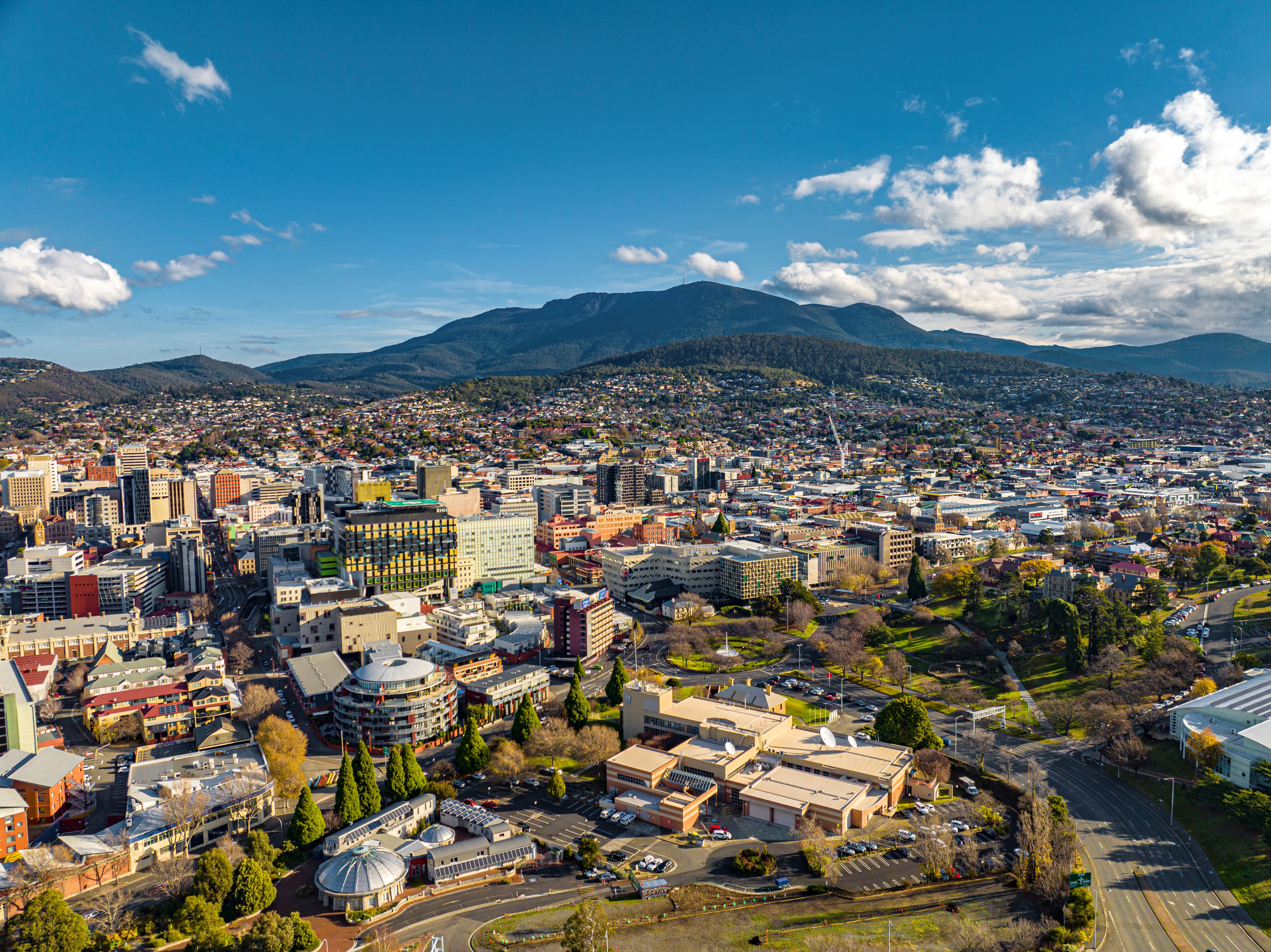Together with institutional investors, business, industry and cleantech innovators, the CEFC catalysed $37.15 billion in investment in Australia’s low emissions economy in its first 10 years.
Expected lifetime emissions from CEFC investment commitments were more than 200 million tonnes of CO2-e at 30 June 2022, buoyed by landmark investments in the hard-to-abate manufacturing sector, which together are expected to eliminate some 900,000 tonnes of CO2-e annually.
The results come after another year of sustained investment activity, with commitments of $1.45 billion to 30 June 2022 touching all areas of the clean energy economy, from vital grid infrastructure to substantial work in the manufacturing sector and in backing Australia’s emerging hydrogen and cleantech sectors.
At 30 June 2022, the CEFC had access to $4.57 billion in ongoing investment capital, in addition to returns from existing investments, having drawn a net $5.43 billion from its original $10 billion funding allocation.
Meeting the challenges of the energy transition
CEO Ian Learmonth said: “As Australia’s ‘green bank’, CEFC investments reflect the ambitions of our nation for a thriving low emissions future, where the benefits of the clean energy transition are felt across our economy.
“Recent disruptions to our energy supply underscore the critical need to strengthen our electricity transmission network so it is fit-for-purpose in bringing large-scale renewable energy and energy storage to consumers.
“The CEFC focus on this critical area of the energy transition is clearly reflected in our first and final transactions of this financial year, which were both substantial investments in grid expansion. In a tightening market, we also maintained our core focus on renewable energy investment, with CEFC capital now backing 42 new large-scale wind and solar projects.
“We recognise these investments are just the start of what is required. The scale of the remaining investment task is substantial, as reflected in AEMO forecasts of a nine-fold increase in grid-scale wind and solar capacity, a three-fold lift in firming capacity and a near five-fold growth of distributed solar.”
CEFC transaction highlights: 12 months to 30 June 2022
In the 12 months to 30 June 2022, the CEFC made new and follow-on investment commitments of $1.45 billion. In attracting an additional $2.30 for each dollar of CEFC finance committed, total transaction value for the year reached some $4.79 billion. Highlights include:
- Investment of $455 million in essential grid and transmission infrastructure projects, including the Queensland Powerlink project and the EnergyConnect development in New South Wales, Victoria and South Australia
- Continued growth in CEFC support for large-scale renewables and energy storage, with an additional $51 million in commitments across three transactions, including innovative bifacial solar panels and half-cut cells, as well as an early-stage development in NSW
- A combined $110 million in landmark investments in two major Australian manufacturers, Manildra and Orica, delivering significant operational and emissions benefits and demonstrating opportunities to address so-called ‘hard-to-abate’ sectors
- Continued leadership of Australia’s green bond market, with $164.8m committed across four transactions, giving an increasingly diverse range of issuers access to the growing pool of institutional capital committed to net zero emissions
- Innovative investments of $17.5 million to cut emissions in the resources sector, including a hydrogen hub and ultra-heavy duty hydrogen trucks and finance for the production of modular and scalable electric battery systems to replace diesel use in mining
- A record $45.4 million in new and follow-on investments through the Clean Energy Innovation Fund, including backing for MicroTau, which has developed a shark skin-inspired film coating to reduce transport emissions and Samsara Eco, which is using modified enzymes to deliver infinite plastics recycling.
Transformational role in delivering net zero emissions
Mr Learmonth said the CEFC would build on its strong track record in contributing to the achievement of Australia’s net zero emissions ambitions.
“As we look to the decade ahead, we are committed to investments that capture the many benefits the low emissions economy can deliver, from new business opportunities to substantial efficiency gains, as well as the very critical climate benefits,” Mr Learmonth said.
“While the scale of the investment requirement is seismic, so too are the opportunities.
“The natural resources which powered our economy in the past century will be replaced with new resources for the next century, where we have world-leading potential in renewable energy, green hydrogen and critical minerals.
“Our strong and stable financial system is giving us vital access to domestic and global capital, including the fast-growing pool of green capital seeking to preference sustainable investment.
“Equally, a commitment to innovation is transforming the way we farm, manufacture, recycle and travel, addressing some of our toughest emissions challenges while reshaping future growth. Capitalising on all these opportunities will help Australia meet the defining challenge of climate change, and ensure our economy is well placed to thrive in a net zero future.”
CEFC Investment Update: 30 June 2022
| 2020-21 | 2021-22 | Lifetime |
CEFC commitments | $1.37b | $1.45b | $10.76b |
Transactions financed | 22* | 29* | ~265 |
Transaction value | $5.05b | $4.79b | $37.15b |
Leverage | $2.70: 1.00 | $2.30: $1.00 | $2.42: $1.00 |
Capital deployed | $1.35b | $1.77b | $9.15b |
Capital repaid/returned | $823m | $837m | $3.32b |
*Excludes follow-on commitments to existing portfolio companies
To 30 June 2022, the CEFC had drawn a net $5.43 billion from its original $10 billion funding allocation from the Australian Government, including $6.46 billion drawn from, and $1.03 billion returned to, the CEFC Special Account.








